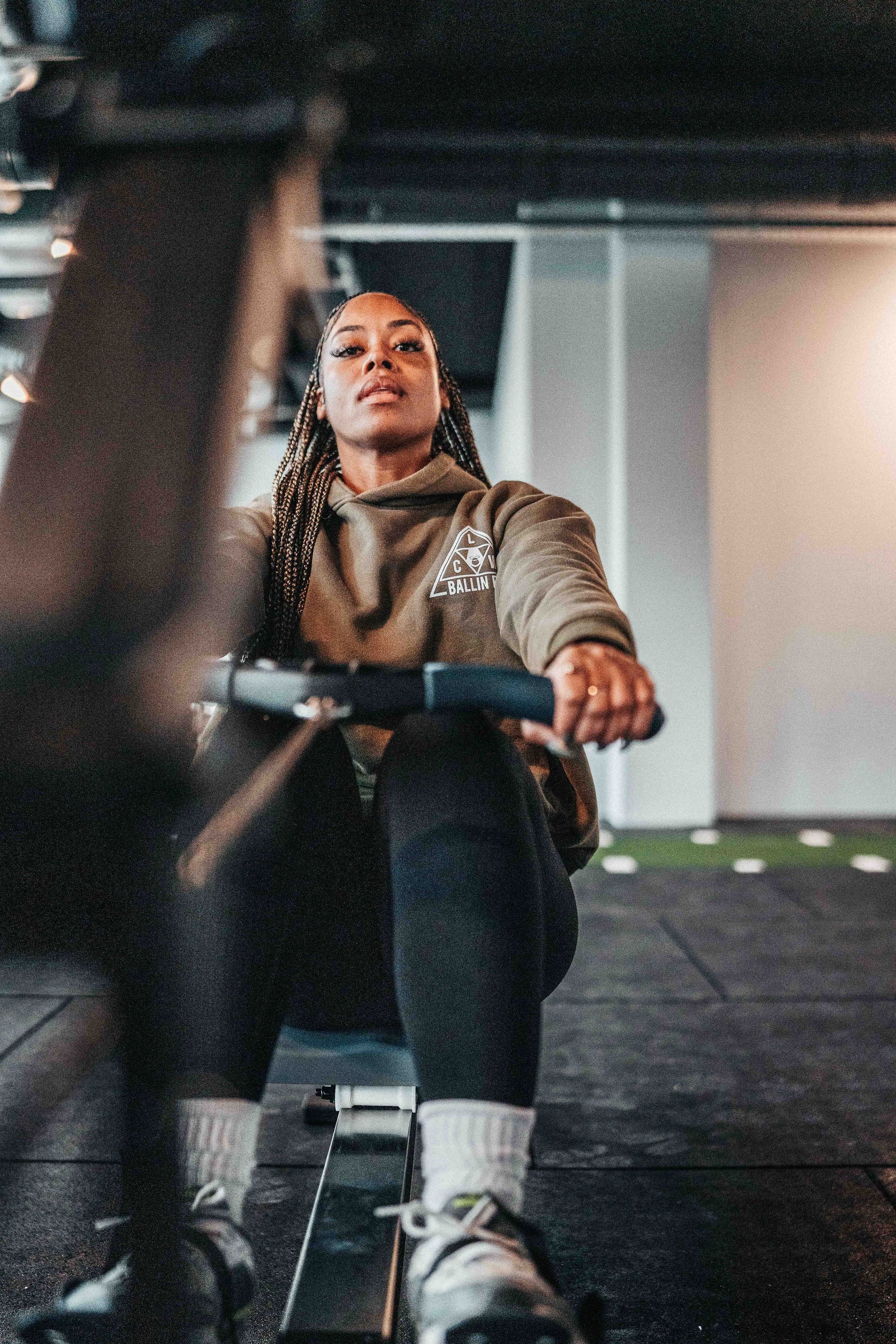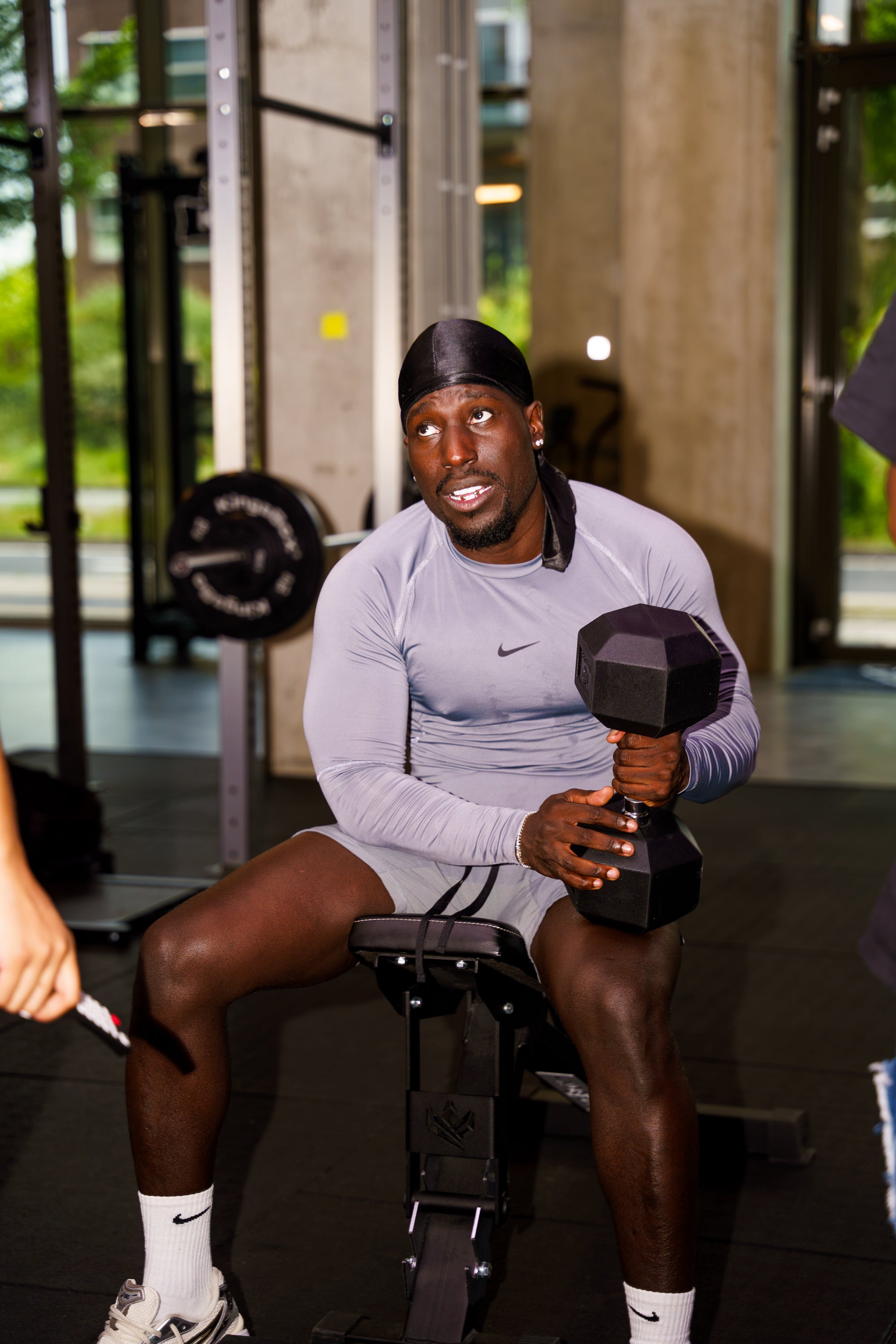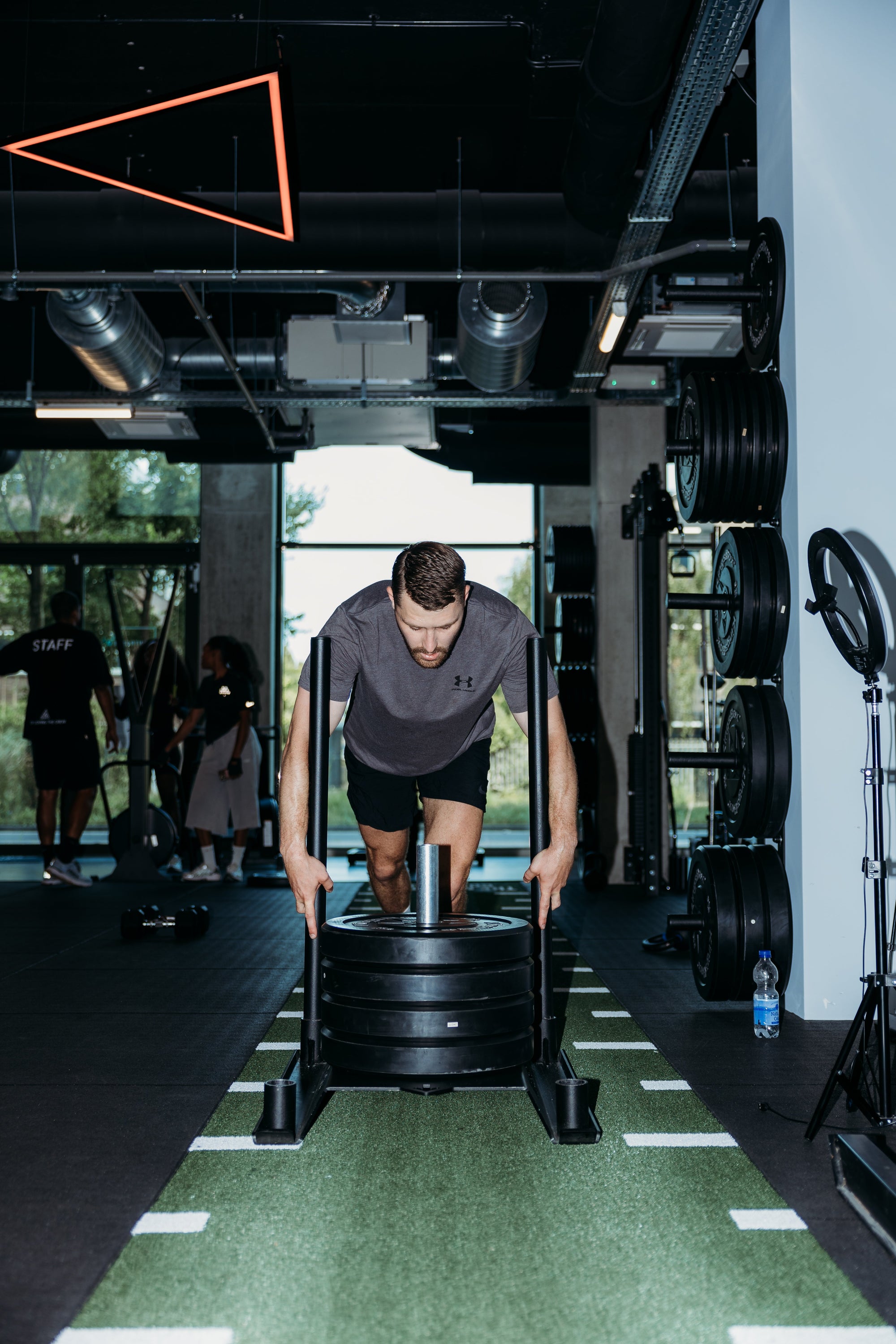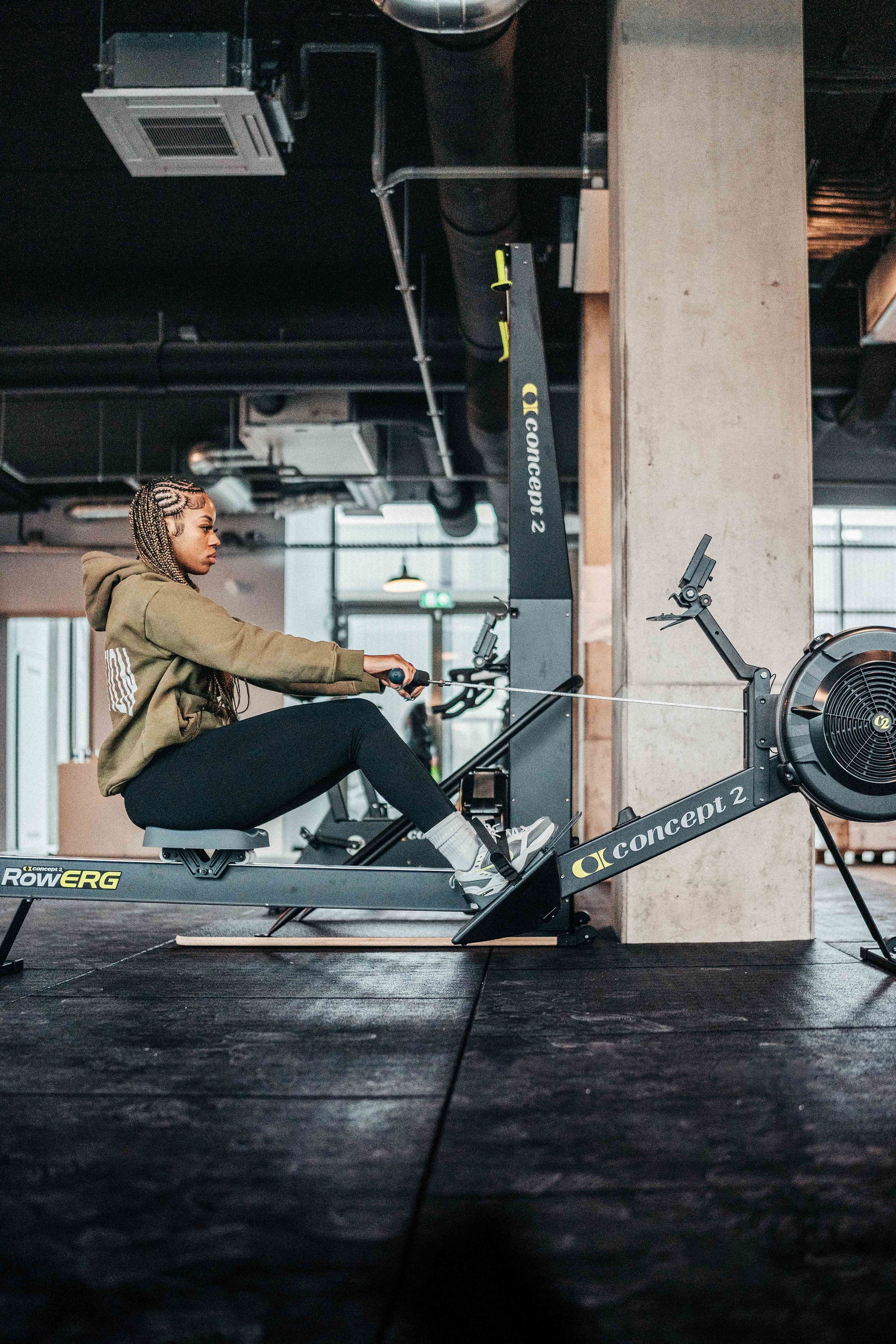Lessons Learned from Recent Hyrox Events: Tactical Takeaways for Training Success
Champion, every Hyrox event is a masterclass in perseverance, strategy, and evolution. Whether you’re an experienced competitor or a newbie looking to learn, the latest events in Amsterdam have provided a treasure trove of insights. At BallinFit, we believe that every race is an opportunity to learn, adapt, and come back stronger. Drawing on firsthand observations and feedback from Coach Zwayder, this deep-dive guide will share the tactical lessons from recent events and reveal actionable takeaways to refine your training and race-day performance.
1. The Importance of a Strong Start
What We Learned:
A powerful start sets the tone for the entire race. At recent events, athletes who nailed their explosive starts often held a psychological edge over their competitors.
- **Key Insight:**The initial seconds are critical—every fraction of a second counts. A controlled, explosive start not only accelerates your pace but also builds momentum for the rest of the race.
How to Apply It:
- **Drills for Explosive Starts:**Incorporate crouch starts and sprint drills into your training routine. Practice quick acceleration bursts and refine your body mechanics with video analysis.
- Coach Zwayder’s Tip:"Focus on perfecting your start. A strong launch isn’t just about speed—it’s about setting the rhythm for the race. Train like you’re racing, even during warm-ups."
- **Actionable Strategy:**Use a stopwatch to measure your sprint times over 20-30 meters and aim to shave off a few milliseconds each week. Remember, consistency here builds confidence and gives you an edge from the get-go.
2. Consistent Pacing Over the Entire Race
What We Learned:
The middle segments of a Hyrox event are where many athletes falter. Those who managed to maintain a steady, controlled pace avoided burnout and finished with more energy for the final push.
- **Key Insight:**Pacing is more than just speed—it’s about energy management. Athletes who distributed their effort evenly throughout the race achieved smoother transitions and more consistent performance.
How to Apply It:
- **Pacing Drills:**Train with interval workouts that mimic race conditions. For example, alternate between high-intensity sprints and recovery periods to simulate the demands of the event.
- **Monitor with Technology:**Use a heart rate monitor or GPS tracker to ensure you’re in the right intensity zone. Keeping your recovery heart rate low can indicate that you’re pacing effectively.
- Coach Zwayder’s Tip:"It’s not just about pushing hard; it’s about pushing smart. Knowing your body’s signals and sticking to a sustainable pace is key to maintaining form under pressure."
- **Actionable Strategy:**Create a segmented race plan. Break the course into smaller sections with specific target times for each. Adjust these targets during training based on your performance data.
3. Mastering Transitions Between Stations
What We Learned:
Transitions between different exercise stations are more critical than they might seem. Efficient transitions can save precious seconds and help maintain momentum throughout the race.
- **Key Insight:**Even brief moments of downtime can disrupt your rhythm. Athletes who practiced smooth transitions were able to keep their energy up and avoid unnecessary penalties.
How to Apply It:
- **Simulate Transitions:**Set up a course during training that mirrors the event layout. Practice moving quickly between stations while keeping your heart rate under control.
- **Active Recovery Techniques:**Use active recovery methods during transitions—like light jogging or dynamic stretching—to lower your heart rate and keep your muscles engaged.
- Coach Zwayder’s Tip:"Transitions are your secret weapon. They’re the moments where you reset. Train these moments as rigorously as you do the main events, and you’ll find that every transition is an opportunity to gain time."
- **Actionable Strategy:**Time your transitions in practice sessions and aim to reduce the time spent by 5-10 seconds with each improvement. Use drills that focus on quick directional changes and efficient movement.
4. The Critical Role of In-Race Nutrition and Hydration
What We Learned:
Many athletes underestimated the importance of in-race nutrition and hydration, leading to energy dips and suboptimal performance during the later stages of the event.
- **Key Insight:**Keeping your body fueled and hydrated throughout the race is essential for maintaining high performance. Skipping these can lead to fatigue, cramping, and decreased mental focus.
How to Apply It:
- **Plan Your Intake:**Develop a hydration strategy that includes small, regular sips of water or electrolyte drinks during the race. Pair this with easily digestible snacks, like energy gels or bananas, if the race duration calls for it.
- **Pre-Race Preparation:**Start well-hydrated and with ample glycogen stores. A balanced pre-race meal can make a huge difference in your energy levels mid-race.
- Coach Zwayder’s Tip:"Nutrition isn’t just about what you eat the day before—it’s a continuous process. Make sure your body is never running on empty during the race."
- **Actionable Strategy:**Experiment with different hydration and nutrition plans during training sessions. Monitor your performance and adjust your intake based on how your body responds during high-intensity efforts.
5. Mental Resilience: Staying Focused Under Pressure
What We Learned:
Mental toughness often makes or breaks a performance. The ability to stay focused, manage stress, and push through discomfort was a common thread among the top competitors.
- **Key Insight:**A champion’s mind is as important as their muscles. Techniques like visualization, positive self-talk, and mindfulness can keep you calm and centered, even in the midst of chaos.
How to Apply It:
- **Visualization and Affirmations:**Incorporate a daily routine of visualization exercises where you picture yourself overcoming challenges and finishing strong. Develop a mantra that you can repeat during the race to maintain focus.
- **Mindfulness Training:**Practice deep-breathing exercises and short meditation sessions to reduce pre-race anxiety.
- Coach Zwayder’s Tip:"Mental preparation is the backbone of every successful race. When you’re mentally in control, your body follows suit. Train your mind as rigorously as you train your body."
- **Actionable Strategy:**Before each training session and race, spend 5-10 minutes in a quiet space visualizing success. Reflect on past challenges and how you overcame them to build confidence for future events.
6. Post-Race Analysis: Learning from Each Experience
What We Learned:
Every Hyrox event, regardless of the outcome, is a learning opportunity. The most successful athletes are those who take the time to analyze their performance, identify areas for improvement, and adjust their training accordingly.
- **Key Insight:**Post-race reflection is critical. Reviewing your split times, transitions, nutrition, and mental state can provide actionable insights that inform your future training.
How to Apply It:
- **Keep a Detailed Training Journal:**Record your performance metrics, how you felt during each segment, and any unexpected challenges you encountered.
- **Review and Adjust:**Use this data to tweak your training plan. Identify what worked well and what needs improvement, and set new goals based on these insights.
- Coach Zwayder’s Tip:"Never underestimate the value of reflection. Every race teaches you something new. By understanding your performance in detail, you pave the way for continuous improvement."
- **Actionable Strategy:**Schedule a review session with your coach after each event. Discuss your training log, set actionable goals for your next race, and commit to specific adjustments.
7. Community Support: Leveraging the Power of Teamwork
What We Learned:
The sense of community and support among athletes played a pivotal role in boosting morale and performance. The encouragement from fellow competitors and coaches helped many push through tough moments.
- **Key Insight:**Training and competing in a supportive community not only improves your performance but also enhances your mental resilience. The collective energy and shared experiences create an environment where everyone can thrive.
How to Apply It:
- **Engage with Your Training Group:**Regularly participate in group training sessions and post-race debriefs. Sharing your experiences and learning from others can provide valuable insights and motivation.
- **Social Media and Local Meetups:**Join local Hyrox communities online and offline. Stay connected, share tips, and celebrate your victories together.
- Coach Zwayder’s Tip:"When you train with a community, every challenge feels more manageable. Lean on your team, learn from their experiences, and together, you’ll achieve more than you ever could alone."
- **Actionable Strategy:**Set up regular group reviews and training meetups. Encourage open discussion about what’s working and where improvements can be made. Create a culture of accountability and mutual support.



